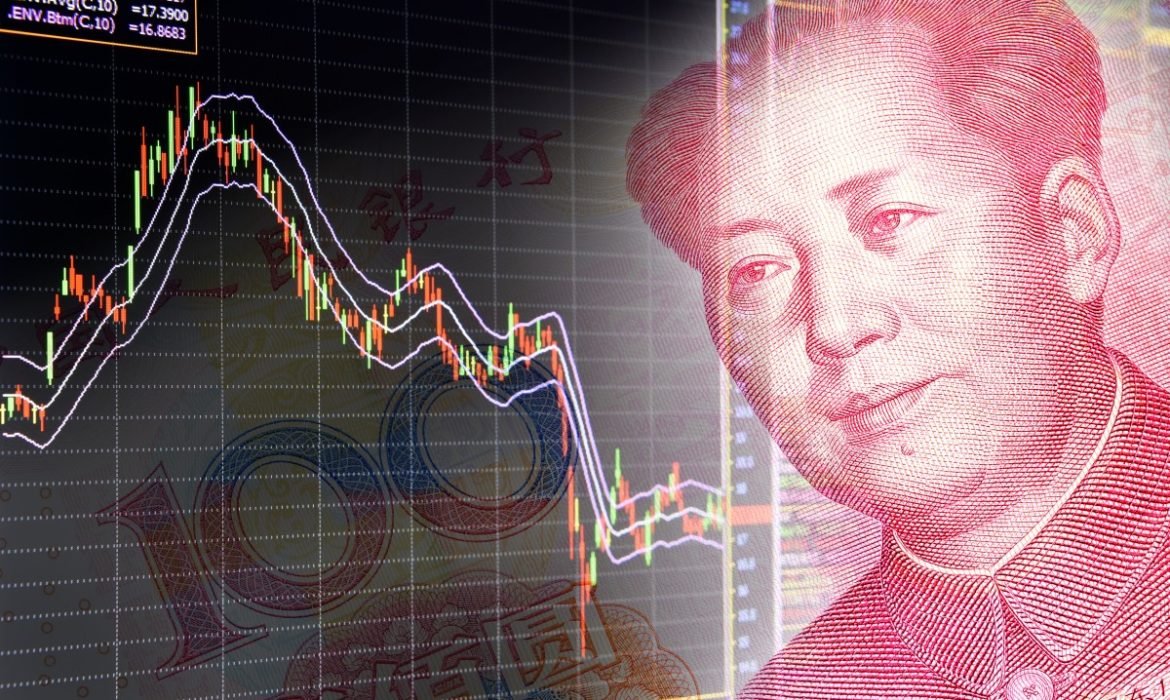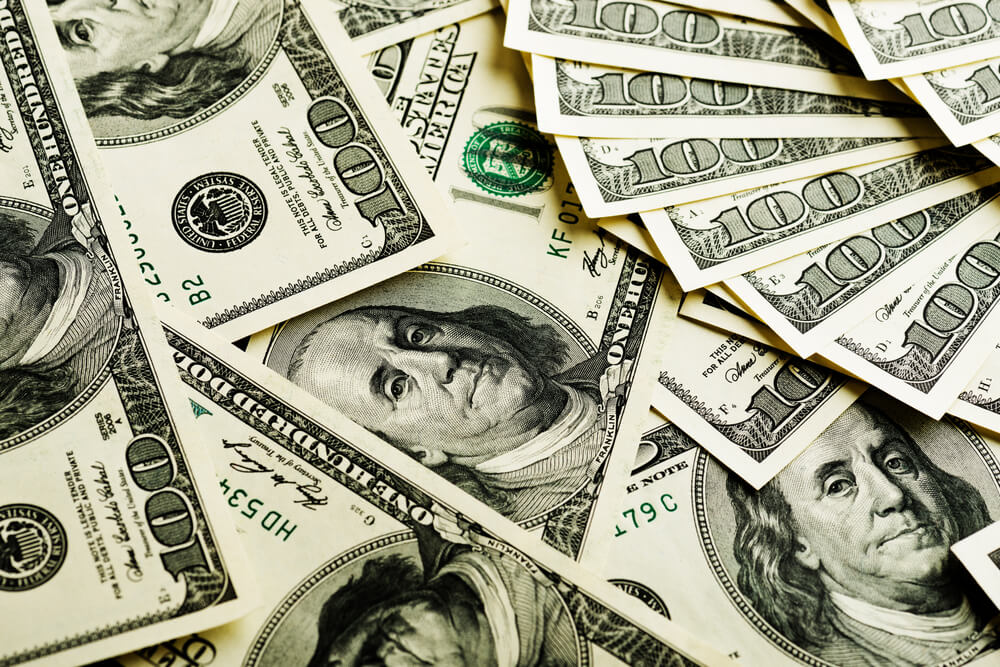In holiday-thinned Asia trade, the United States dollar slipped. Ahead of the FTSE Russel bond index decision, the yuan edged up. Yen hit a seven-week high.
This week, investors looked ahead to a self of United States Federal Reserve speakers. Moreover, they looked to a decision on the inclusion of Chinese government bonds in a global index. Thus, on Monday, the United States dollar slipped. Yuan and yen led Asia’s currencies a little higher.
Due to a public holiday in Japan, volumes were light, and moves were slight. The dollar index tracks the greenback against a basket of six major currencies. So, the United States dollar index dipped 0.2% to 92.779.
The yuan and yen rose around 0.3% each. The yuan is hovering just below a 16-month high it hit last week. The yen touched a seven-week peak of 104.27 per dollar.
Yuan and Others
Lifting it nearly 6.5% in four months, Foreigner’s Chinese bond-buying has helped put the yuan on a tear.
On Thursday, investors forecast, FTSE Russel will include China its World Government Bond Index. It will support the currency and trigger even more inflows.
Bank of Singapore currency analyst Moh Siong Sing said that the assets under management tracking this index is big. Thus, they see more pre-positioning taking place.
Moreover, Sim added that it is not just the index. The bigger picture here is that economy of China is doing well. There is an interest-rate differential supporting the currency, and a Biden victory at the United States election may provide further relief.
In Asia, the yuan edged back toward last weeks’ 16-month high. It raised to 6.7570 in onshore trade. Thus, it pulled the Malaysian ringgit, New Taiwan, Singapore, and Australian dollars.
Near the top end of its range of the last few weeks, the Australian dollar rose 0.4% to $0.7319.
That is current news of the market.
















